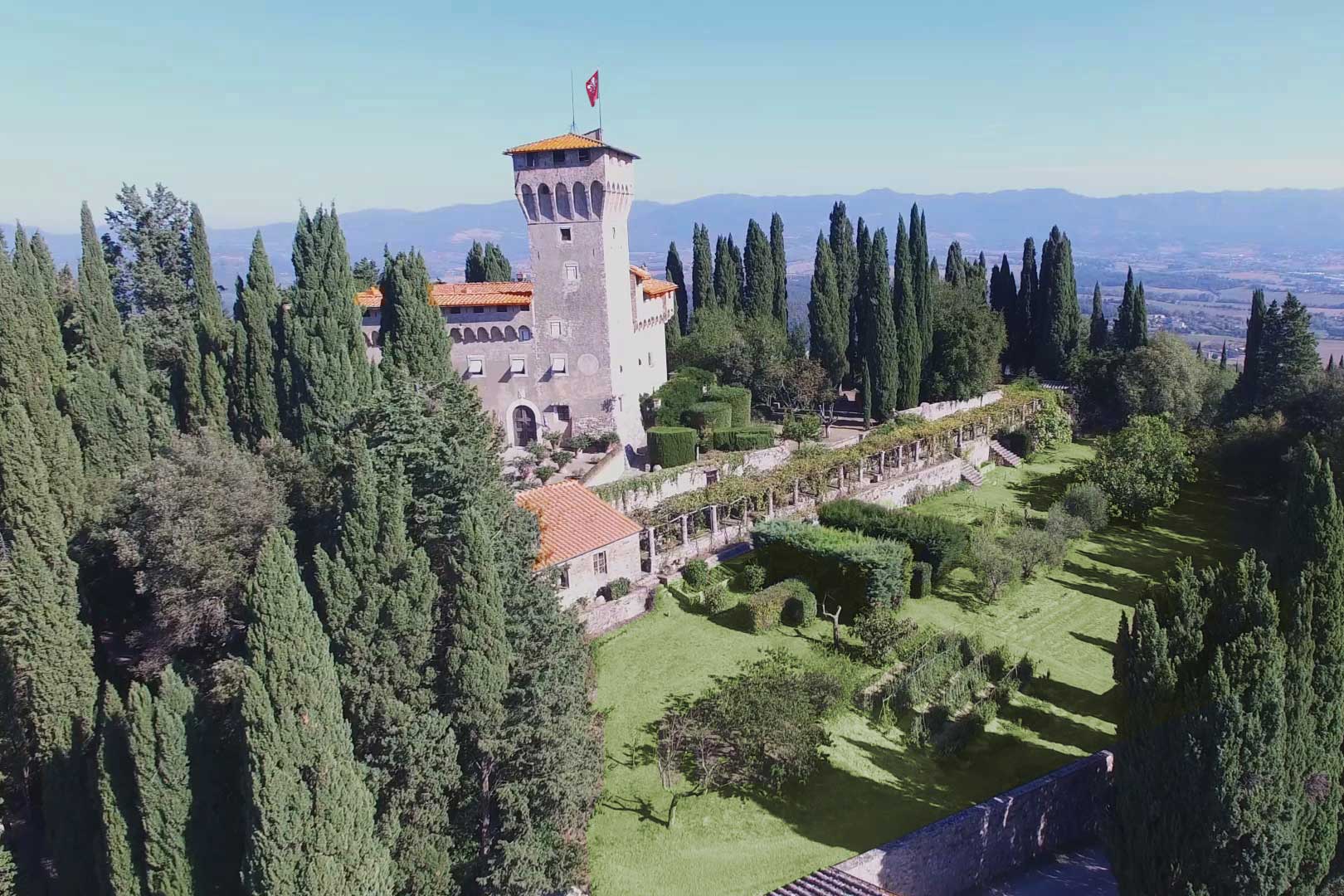Many things can be attributed to the Medici, such as promoting the spread of humanism, having been great benefactors in the artistic field, having reinvented the Florentine urban landscape, having given the world the invention of ice cream, but they also have the merit of having been among the first to experience the taste for the good country life.
The Medici helped to make it fashionable to escape the hassles of city life to enjoy the pleasures of rural environments, and they did so on a large scale by building numerous estates throughout Tuscany, most of them between the fifteenth and sixteenth centuries. Fourteen of these properties (12 villas and two gardens) are now declared a World Heritage Site by UNESCO; many are open to the public for visits, or for events.
The Medici villas are the first example of the link between architecture, gardens and environment and became a reference for princely residences throughout Italy and Europe: let's discover some of them.
Medici Villa of Castello

The villa of Castello is one of the oldest residences of the Medici family, who owned it since 1477. Declared a World Heritage Site by UNESCO in 2013, the villa is home to the Accademia della Crusca and the beautiful garden is a rich state museum with citrus and rare plants, ancient and Renaissance sculptures.
It was built starting from 1537 by the will of Cosimo I dei Medici; here we find the fountain of Hercules and Antaeus and the extraordinary Cave of the Animals or the Flood, one of the most famous in Europe, designed by Tribolo himself and originally animated by spectacular water games. Holm oaks, oaks and cypresses develop in the upper area, where the large tank-cistern made by Vasari decorated by the Apennines and January, bronze sculptures by Ammannati, stands out. The garden has a great historical and botanical importance, given that ancient varieties with specimens of over three hundred years of life "live" there.
Medici Villa La Petraia

Villa La Petraia is an imposing building lying on a terrace at the gates of Florence, in Castello, Villa Petraia offers from its "belvedere" a wonderful panoramic view of its rich garden, and of all of Florence: it belonged in succession to the Brunelleschi, the Palla Strozzi (in 1422) and finally to the Medici. Its main attraction is the large courtyard, which, in the nineteenth century, was transformed into the Salone delle Feste, reception room with iron and glass roof, and a large crystal and amethyst chandelier.
There are two cycles of frescoes: those of Volterrano, depicting the glories of the Medici (Fasti Medicei) of the seventeenth century, and those of Cosimo Daddi, of the late sixteenth century. The gardens below cover three overlapping terraces: on the lower level, we find an Italian garden with the typical boxwood hedges, and on the upper levels the "lawn of the Figurine" and also the "meadow of chestnut trees".
Villa del Trebbio

The villa is located near San Piero a Sieve in Mugello, in the area of origin of the Medici family. It was one of the first - if not the first - of the Medici villas built outside Florence; the estate is located in a strategic position on the Apennines, on the top of a hill overlooking the Val di Sieve, near a crossroads.
Villa del Trebbio belonged to Giovanni di Bicci de' Medici, founder of the Medici bank and the family's fortunes; after his death in 1429, it was remodeled by his son, Cosimo de' Medici, whose architect, Michelozzo, transferred it to a fortified castle. Michelozzo kept the windowless tower, the moat and the drawbridge, and also added a perimeter walkway with shelves.
image sources: ville e giardini medicei in toscana, wikipedia









